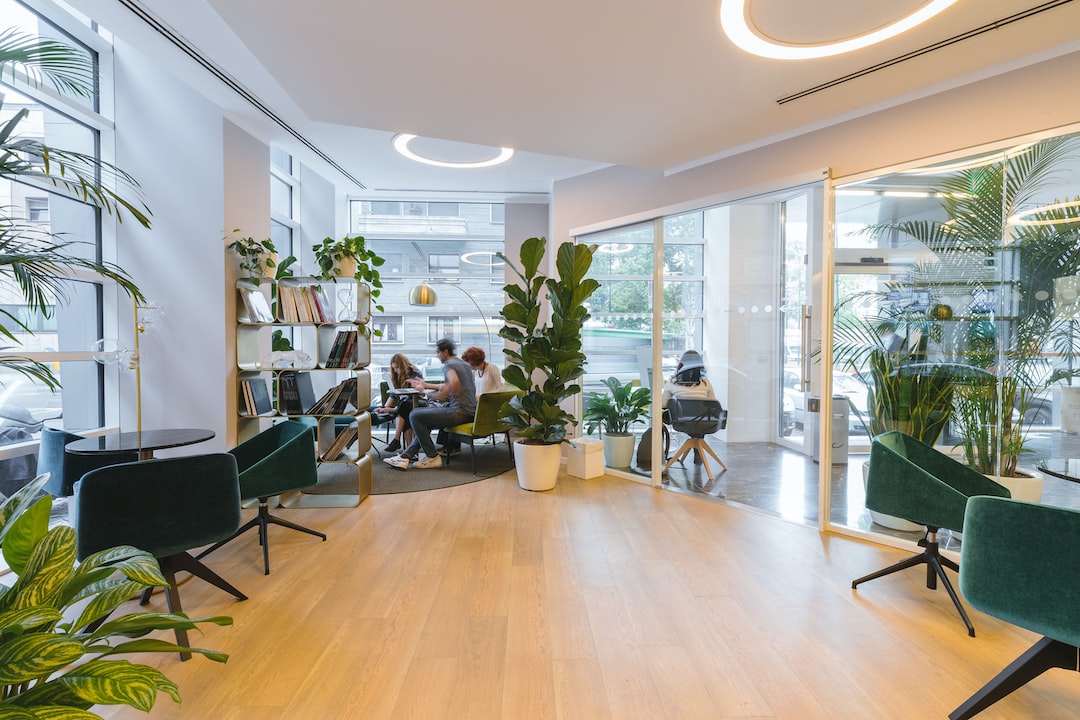The Application of Augmented Reality in Manufacturing Maintenance
In today’s fast-paced world, the need for efficient manufacturing processes has become critical for businesses. Any downtime or maintenance issues can result in a significant loss of productivity and revenue. However, with the advent of augmented reality (AR), manufacturers now have a powerful tool at their disposal to streamline maintenance operations and minimize disruptions.
Augmented reality is a technology that overlays virtual content onto the real world, creating a blended experience that enhances our perception of the environment. It can be applied in numerous industries, and manufacturing maintenance is no exception. By combining the power of digital information with the physical world, AR provides technicians with real-time, hands-free access to relevant data and instructions, ultimately improving efficiency and reducing the chance of errors.
One of the main applications of augmented reality in manufacturing maintenance is in providing remote assistance. Often, maintenance technicians encounter complex and unfamiliar equipment that requires specialist knowledge to troubleshoot and repair. With AR, these technicians can collaborate with experts from anywhere in the world in real-time. By wearing AR glasses or using a mobile device, they can share a live video feed with the expert, who can then provide guidance and annotations directly onto the technician’s field of view. This eliminates the need for expensive travel and minimizes downtime, increasing the overall efficiency of maintenance operations.
Another significant application of AR in manufacturing maintenance is in the field of training. Traditional training methods often involve lengthy classroom sessions or hands-on experiences that can be time-consuming and costly. However, by leveraging the power of augmented reality, manufacturers can create interactive and immersive training modules that allow technicians to learn from anywhere at any time. For example, by using AR glasses, trainees can follow virtual instructions overlaid onto physical equipment, providing a step-by-step guide for maintenance procedures. This not only speeds up the learning process but also reduces the chances of errors and accidents, ensuring a safer working environment.
AR can also be utilized to digitally store and access maintenance information. In a manufacturing facility, there is typically a large volume of technical documentation, ranging from equipment manuals to maintenance logs. However, finding the required information quickly can be a tedious and time-consuming task. By implementing AR, technicians can simply scan a piece of equipment using their device, and relevant information such as maintenance history, repair procedures, and spare part availability can be displayed instantly. This significantly reduces the time spent searching for information, enabling technicians to perform their tasks more efficiently.
Furthermore, AR can improve the overall accuracy of maintenance operations. By projecting virtual overlays onto physical equipment, technicians can visually identify and locate relevant components, reducing the chances of human error. For example, when inspecting a complex piece of machinery, AR can highlight specific areas that require attention, provide measurements, or display animated sequences to guide technicians through the maintenance process. This not only increases the accuracy of the work performed but also reduces the risk of damage to the equipment, ultimately extending its lifespan.
Another benefit of AR in manufacturing maintenance is the ability to provide real-time data analysis. By integrating AR with sensors and data analytics, technicians can receive live updates about the health and performance of equipment. Any deviations from normal operating parameters can be immediately flagged, allowing for quick intervention and preventive action. This predictive maintenance approach eliminates the risk of unexpected breakdowns and extends the uptime of critical machinery.
In conclusion, the application of augmented reality in manufacturing maintenance has revolutionized the way technicians operate and maintain equipment. By providing remote assistance, immersive training, easy access to information, increased accuracy, and real-time data analysis, AR enhances efficiency, reduces downtime, and improves overall productivity. As the technology continues to evolve and become more accessible, manufacturers should embrace augmented reality as a powerful tool in their maintenance operations, enabling them to stay competitive in an ever-changing world.

